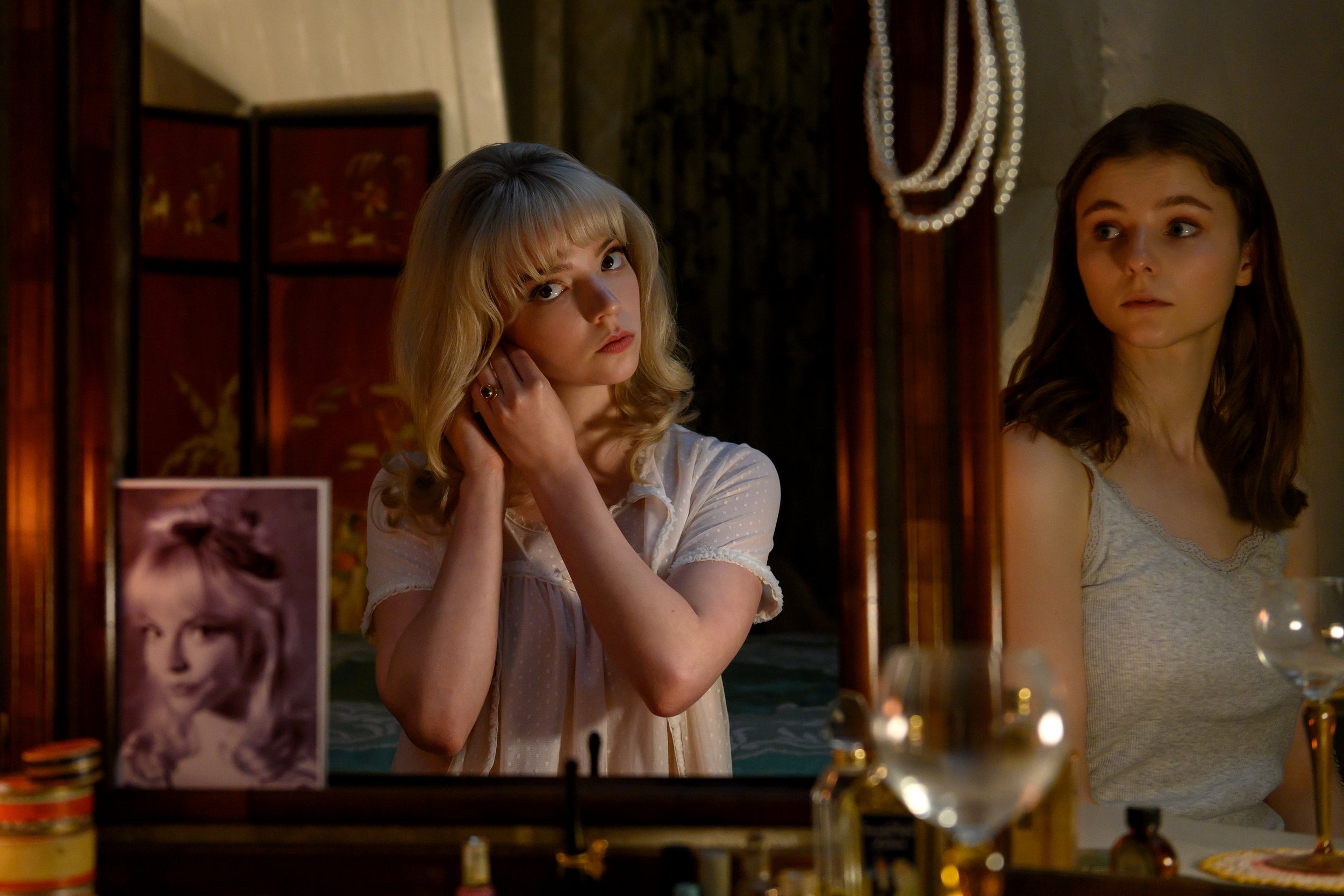Review: In 'Spencer,' director Pablo Larrain shows us Princess Diana's world, but Kristen Stewart gets inside her soul
Director Pablo Larrain’s “Spencer,” like his previous film “Jackie,” is not a historical biography but an emotional one — a lyrical attempt to use fiction to get inside the mind and heart of its subject: Diana, Princess of Wales.
And, with Kristen Stewart giving a death-defying performance as the troubled but headstrong royal — capturing the moment when she resolves to separate from Prince Charles — the movie is devastatingly moving.
Larrain and screenwriter Steven Knight (“Locke,” “Dirty Pretty Things”) zero in on three days: The Christmas holidays of 1991, when the royal family traditionally gathers at Sandringham, their country estate. While Charles (Jack Farthing), Queen Elizabeth (Stella Gonet), and the rest of the family arrive in their stately Rolls-Royces, Diana is driving alone in a Porsche convertible — and, as the most photographed woman in the world, freaking out the local cafe when she stops to ask for directions.
While the royals are upstairs, the servants toil below, mindful of the gossip they hear and sometimes spread. A sign in the kitchen reads: “Keep noise to a minimum. They can hear you.” The “they” is assumed to be the royals, though it could just as easily be the pack of reporters and paparazzi on the edge of the grounds.
The head chef, Darren (Sean Harris), runs his kitchen staff like an officer commanding his troops. A military air also pervades upstairs, where the chief of servants, Major Gregory (Timothy Spall), oversees everything from staff assignments to securing the grounds to keep out the watchful press. “I watch so that others will not see,” Gregory tells Diana, in a subtle warning about her too-public outbursts of honesty.
Diana tries to find someone on the staff in which to confide. The closest is her dresser, Maggie (Sally Hawkins), who carefully prepares every outfit for every occasion taking place over Christmas Eve, Christmas Day and Boxing Day. But as soon as she starts to trust Maggie, another dresser is assigned to help Diana — a confirmation, in the princess’ mind, that the staff and family are watching her every move.
Some level of paranoia is understandable, considering both the pressures of being a public figure and the private knowledge of Charles’ longtime affair with another woman. The name “Camilla” is never uttered in this film, but the pain on Diana’s face when she talks about how Charles bought “her” the same pearls he gave Diana for Christmas is unmistakeable.
Diana’s mental state is a precarious subject in Larrain’s telling, with bouts of bulimia and cutting depicted. She also wonders if ghosts haunt Sandringham, and reading about Anne Boleyn — a queen beheaded because the king, Henry VIII, was having an affair — prompts her to dream about her ill-fated predecessor.
The joy in Diana’s life is her time with her boys, William (Jack Nielen) and Harry (Freddie Spry), hanging out away from the official royal gatherings, and playing games where they must tell each other the truth. But when Diana objects to Charles taking Will pheasant hunting, a manly Windsor tradition, Charles talks at cross-purposes in an elegantly staged scene of deliberately obtuse conversation.
“Diana, there have to be two of you,” Charles advises her. “There’s the real one, and the one they take pictures of.”
Later, the Queen comments privately to Diana about the many photos taken of her. “The only one that matters is the one on the 10-pound note,” the Queen observes. “That’s when you realize you’re only currency.”
And if there’s anyone alive who understands the value of that currency, it’s Stewart. The actress has been grist for the celebrity gossip mill since she kissed Robert Pattinson in the first “Twilight” movie in 2008. She brings that knowledge to her portrayal of Diana, which isn’t an attempt at a note-perfect impersonation — though her English accent is spot on — as much as an effort to crawl around in Diana’s mind and figure out what made her tick.
Larrain augments Stewart’s exploration by re-creating the trappings of royal life in almost comically lush detail. Those scenes, beautifully rendered by production designer Guy Hendrix Dyas and captured by cinematographer Claire Mathon (“Portrait of a Lady on Fire”), reach their full claustrophobic pinnacle thanks to Jonny Greenwood’s score — sometimes dissonant, sometimes jazzy and always reflecting Diana’s inner mood.
“Spencer” becomes a fascinating showcase for Stewart, giving the toughest and most brilliant performance of her career. She captures the fragility and, eventually, the maternal ferocity that made Diana a people’s princess.
——
’Spencer’
★★★1/2
Opening Friday, November 5, in theaters everywhere. Rated R for some language. Running time: 117 minutes.







